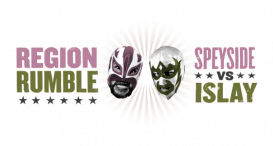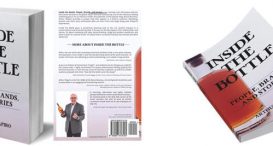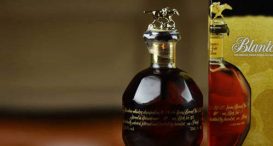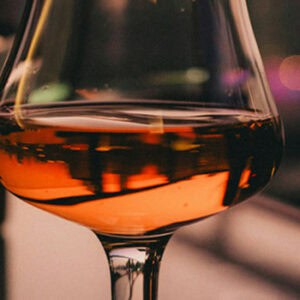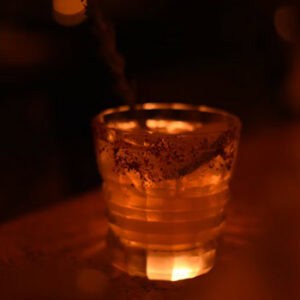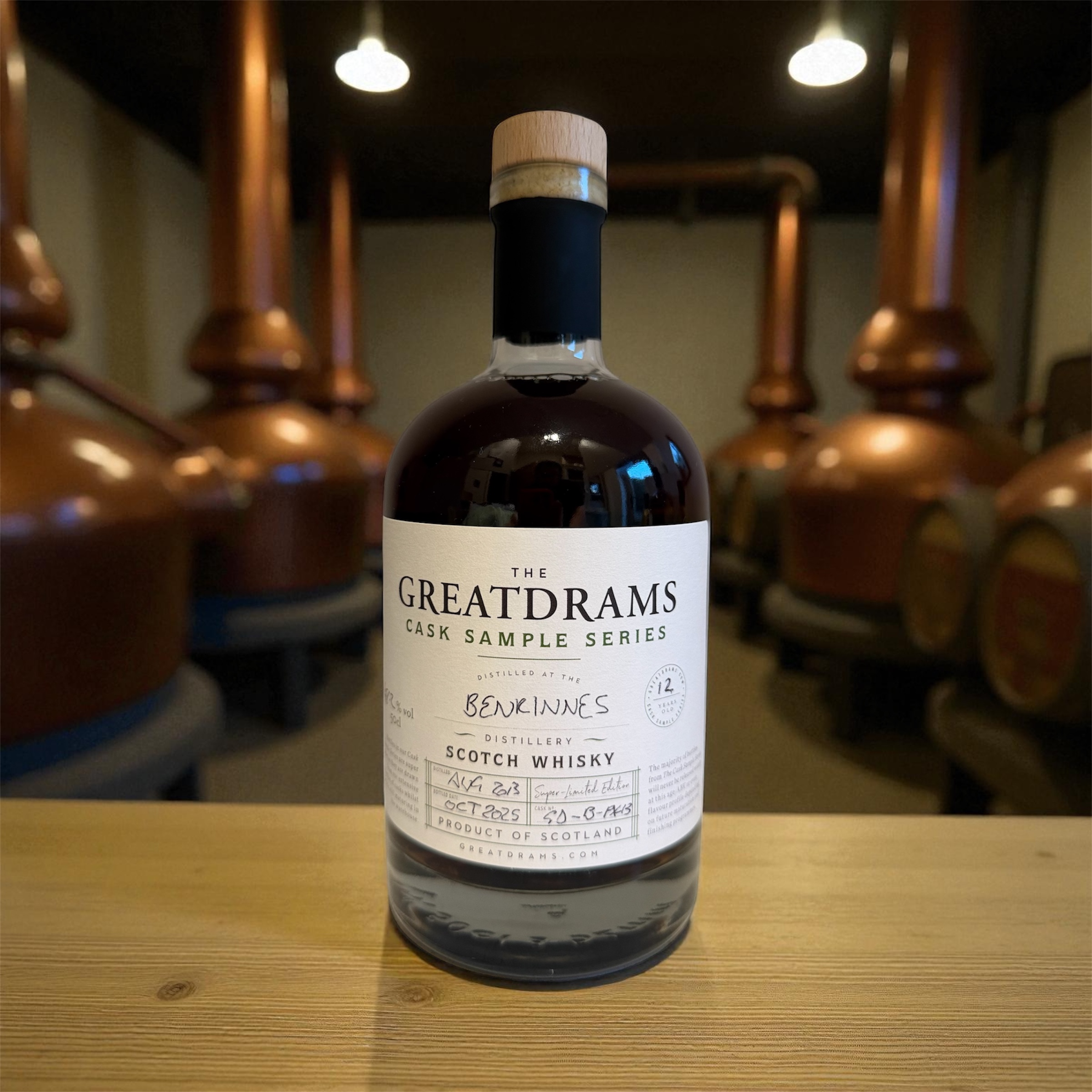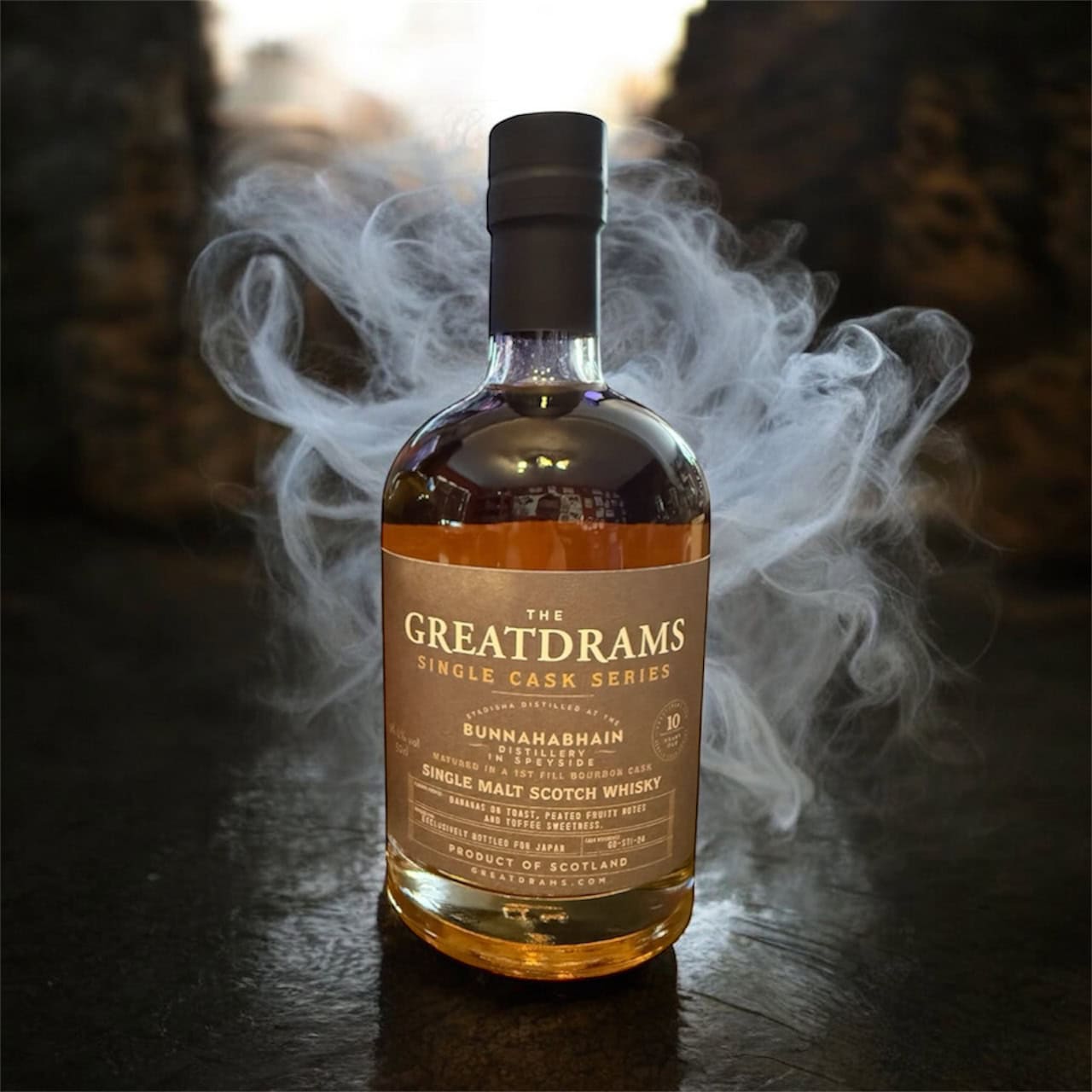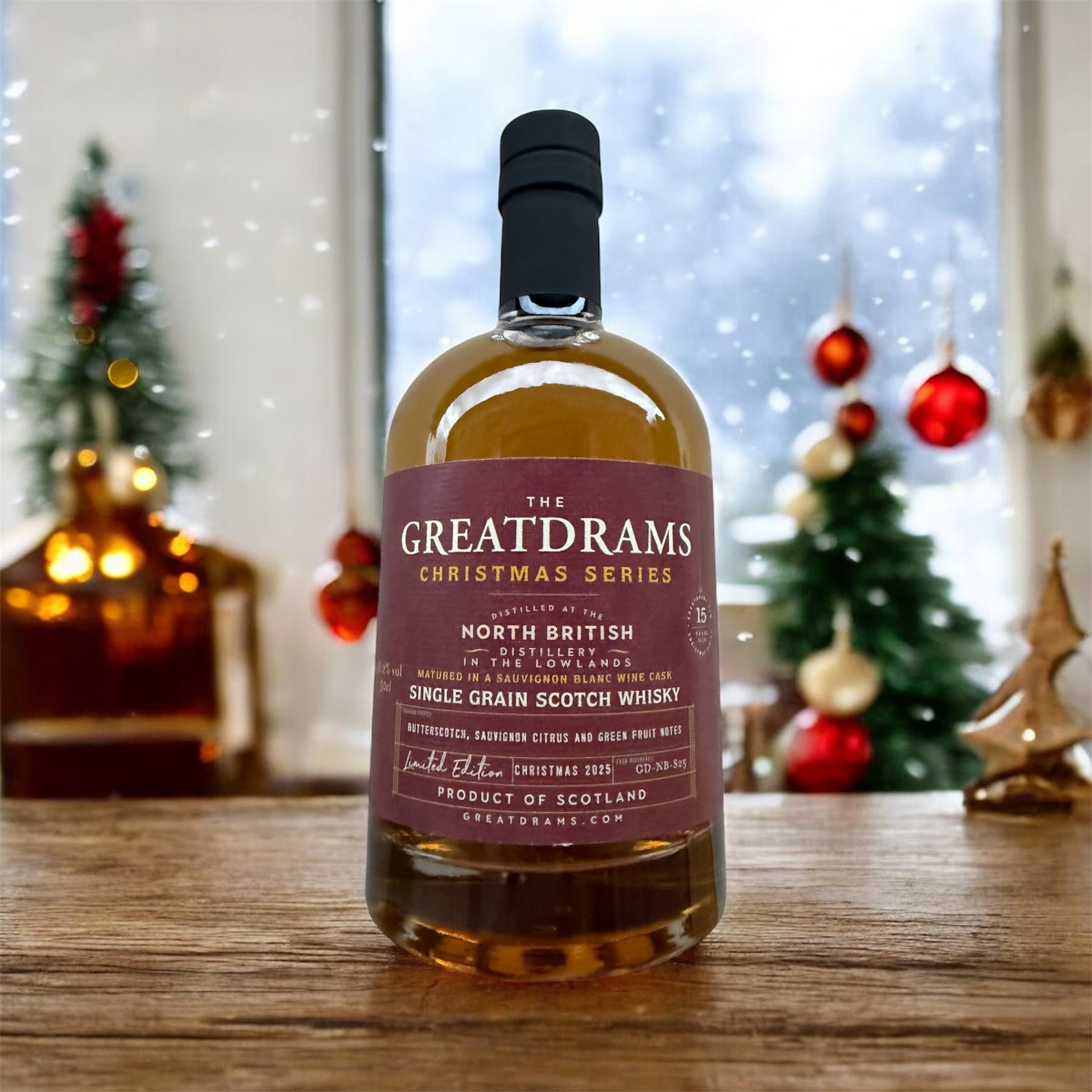A History of American Whiskey
Whiskey is a spirit that is enjoyed all over the globe, by people from all walks of life. While the drink may primarily be associated with Scotland, and Ireland to a lesser extent, we’ve seen the whisky/whiskey distilling industry expand globally at an astonishing rate over the years.
Today whiskey/whisky is hugely popular in England, Canada, Japan, and of course, America. The United States of America produce a vast selection of Rye, Bourbon and Tennessee whiskey, which tastes incredible and offers a completely different experience to Scotch or Irish whiskey.
When we think of American whiskey, of course we instantly think of Jack Daniel’s, Jim Beam, Woodford Reserve, and countless others. American whiskey such as Bourbon and Tennessee offer a unique sweet and smoky taste, with layers of spice and a finish quite like no other. It works incredibly well with BBQ, in a cocktail (an Old Fashioned, anyone?) or can simply be sipped neat.
But how did we find ourselves blessed with American whiskey? Where did it originate and how did it come to be? Here is a brief, yet informative history of American whiskey.
From Rum to Rye
Throughout the 17th and the 18th centuries, the American colonies were indeed familiar with a golden amber coloured alcoholic spirit, but it certainly wasn’t whiskey. It was in fact rum.
Rum was hugely popular amongst the colonies during this period, yet after the Revolutionary War, things began to change. Suddenly rum was out of favour and word began to spread about a new alcoholic beverage which had arrived from overseas and across the pond.
When more colonists began arriving in America from Europe, I.E Ireland and Scotland, they came bearing gifts. These gifts were gifts of knowledge as they returned after having made whisky/whiskey in Scotland and Ireland, using grains, primarily barley.
This was all well and good, but the problem was that Barley struggled in most US climates and soils, so it wasn’t as plentiful as it was in the lush greenness of Scotland and Ireland. They instead had to improvise so they began using other grains which were available. Rye was thriving in most parts of the country, so rye was used instead of barley.
The rye thrived in Pennsylvania and so much of rye whiskey was produced here. A special name was given to rye whiskey, as it was called ‘Monongahela rye’ and got its name from the Monongahela River that ran through Pennsylvania.
Rye was popular in the North, but in the South, a different grain was used, and it would be a game changer.
Rebellion and Bourbon
Following the Revolutionary War, the US found itself in a lot of debt. What happens when a country is in debt? It finds a way of squeezing the little people, and as a result, a heavy tax was placed upon the whiskey distillation industry, similar to what happened in Scotland.
The distillers however, did not take this quietly, they revolted and rebelled, refusing to pay this tax. This became known as the Whiskey Rebellion. The army was deployed, but the protestors did not pay, instead, they headed south.
After heading south into the hills, the distillers needed grains to get up and running again. Rye struggled in the warmer, more humid climate, but corn was plentiful. This kickstarted the rise of Bourbon.
Bourbon, Kentucky, is named after King Louis XVI of France, or rather, his family house name – The House of Bourbon. Louis had been an ally to the US during the Revolutionary War, and the great State of Kentucky honoured him as such.
Most distillers settled in Kentucky as there was a plentiful supply of corn, and it was nice and rural. Over the course of the 19th century, much of the corn-based whiskey produced in the States came from Kentucky, specifically from Bourbon County. The distillers sent it up the Mississippi River in barrels. It was even called ‘Old Bourbon Whiskey’.
As the whiskey travelled however, it was also aged in the oak barrels. Distillers used whatever barrels they could source, some of which had been burned and charred before being rescued. It was during this time that so many characteristics of Bourbon whiskey, I.E the sour mash process and the charred barrels, came to be.
As more and more people discovered Old Bourbon Whiskey, more and more people tried their hand at making it themselves. Some notable names include Evan Williams, Jasper ‘Jack’ Daniels, and Jacob Beam.
The Prohibition Years
We can’t talk about the history of American Whiskey and not mention the Prohibition Years.
During the late 19th and early 20th century, the whiskey distilling industry was thriving. In typical universal fashion however, as soon as things start going well, something comes along to ruin things. For the whiskey distillers, that something was Prohibition.
By law, all alcohol in the USA was made illegal. It was illegal to buy it, illegal to sell it, and illegal to own it. Whisky production, and indeed, all other alcoholic beverage productions, ground to a halt.
Whiskey had to be smuggled into the country, with much of it coming from north of the border in Canada. This whiskey was blended and was very different to Bourbon. A blended whiskey became the drink of choice for US citizens.
In 1934, when Prohibition ended, Bourbon distillers got back to work. The problem was that Bourbon took a while to distil and mature. To compensate, the distillers blended any older whiskey they had, with younger spirits. WWII again halted whiskey production, and so once again, blended whiskey dominated the markets.
Following WWII, Bourbon whiskey remained popular, but rye whiskey had fallen heavily out of favour and quietly faded away into the mists of obscurity. Rye was seen as an “old timer” drink, though Bourbon also started to lose popularity. People’s tastes were changing, and vodka became the spirit of the 1970s and 80s.
Rising From the Ashes
Despite Bourbon laying dormant for close to two decades, in the 1980s, like a Phoenix rising from the flames of a charred oak barrel, Bourbon whiskey made its comeback.
Single-malt Scotch from Scotland was now very popular, which got people interested in whiskey again. Those who couldn’t handle the harshness of Scotch however, instead found that Bourbon whisky was much more pleasurable upon their palates.
Bourbon became a premium product, with distillers releasing single barrel bourbons and other similar tipples. The drink was seen as trendy and fashionable, and cocktail bars and restaurants started making cocktails from it, which proved to be very popular. Bourbon was now back, and was bigger than ever.
Today, Bourbon whiskey is still enormously popular, but so too is rye. Rye whiskey such as Bulleit Rye is making a huge comeback. With its notes of leather, tobacco, and cherries on the nose, followed by a distinct taste of peaches, citrus zest, cherries, and spices, with a smoky, cinnamon-like finish, it’s easy to see why the world is once again in love with American rye.
If you’re looking for an American whiskey to add to your collection, be sure to head on over to https://greatdrams.com/ and check out the huge selection of American whiskey they have available.
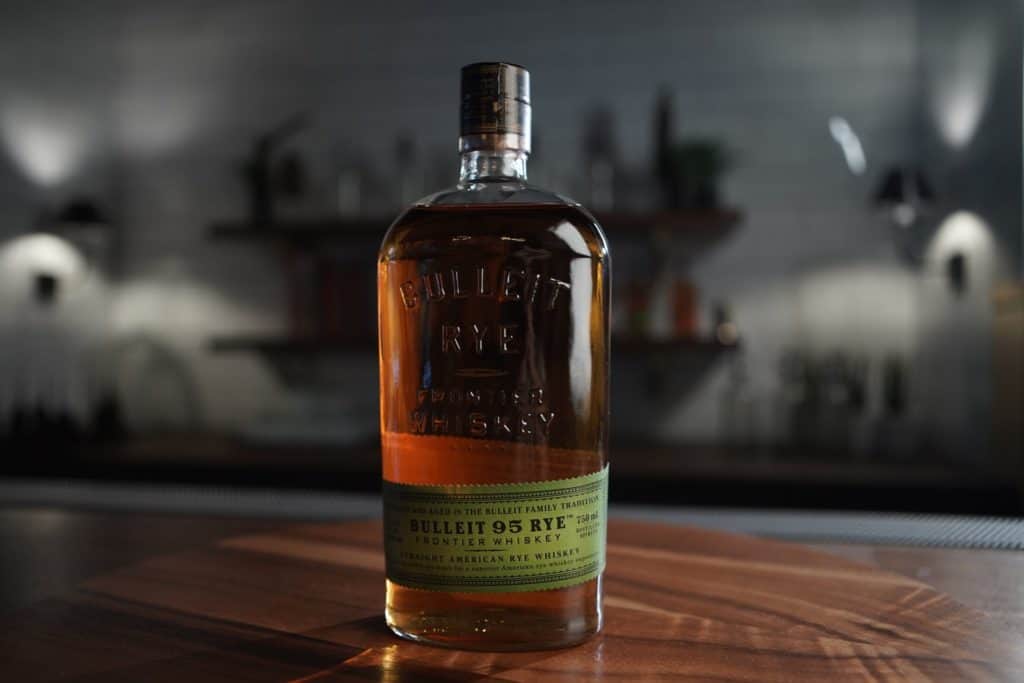
It doesn’t matter whether you’re looking for a rye to sip on, a Bourbon to mix with coke or lemonade, or to make the most stunning ‘Old Fashioned’ you could ever hope to taste, Great Drams have got what you need, and a whole lot more besides.



